Time to Level Up? The Future of Furniture May Be Inspired by Fortnite and Minecraft
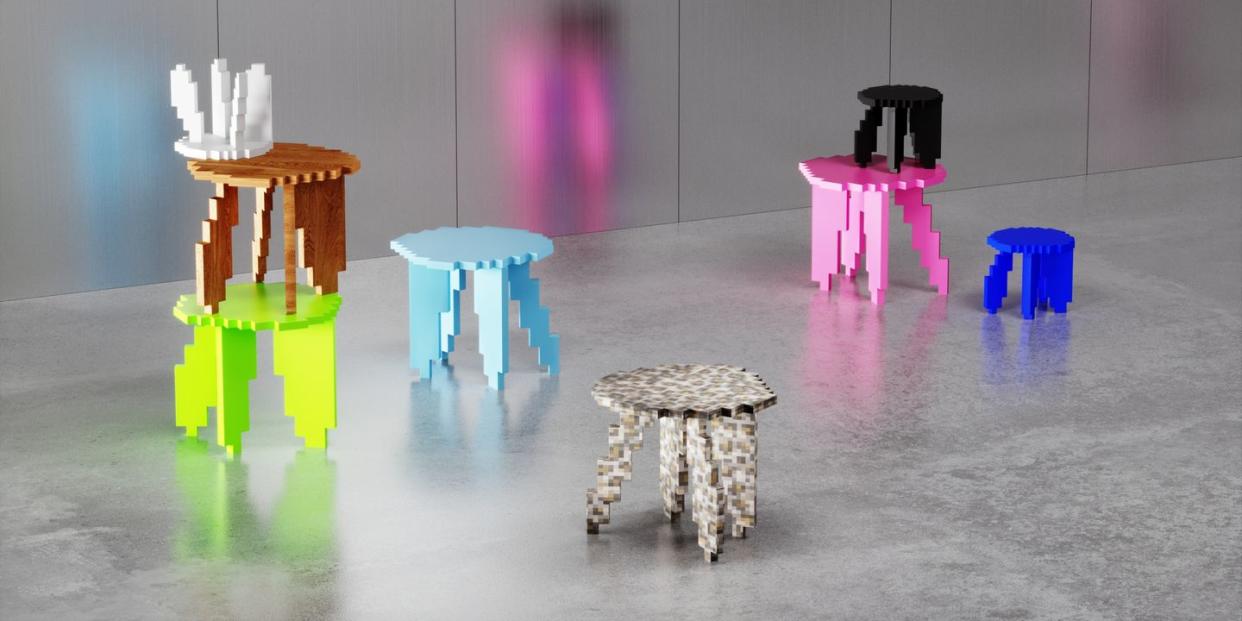
Most everyone has played—or at least has watched someone play—the original Super Mario Bros. A small, pixelated Italian man leaps over incensed walking mushrooms, exceptionally speedy turtles, and enormous green pipes accompanied by a tune that’s pure sonic candy. It’s good fun while it lasts, as most players will send poor Mario plummeting to his untimely death, but the Nintendo Entertainment System classic left a more lasting impression on some. “It’s like a pixelated painting that your character is running across,” says designer Jolie Ngo. “It’s the background that’s moving.”
Ngo, a 26-year-old ceramist who unveiled her first solo show in New York at R & Company last summer, primarily grew up playing so-called sandbox games like Minecraft and the Sims—games where the player has full creative power over a digital world. That sense of freedom and play now translates into her vessels, which are 3D-printed and designed in the 3D-modeling software Rhinoceros. “I’d been conditioned to be a world builder in a virtual space,” she adds. “So I was just thinking of Rhino as a sandbox game and building a world whenever I was in it, regardless of what my intentions were.”
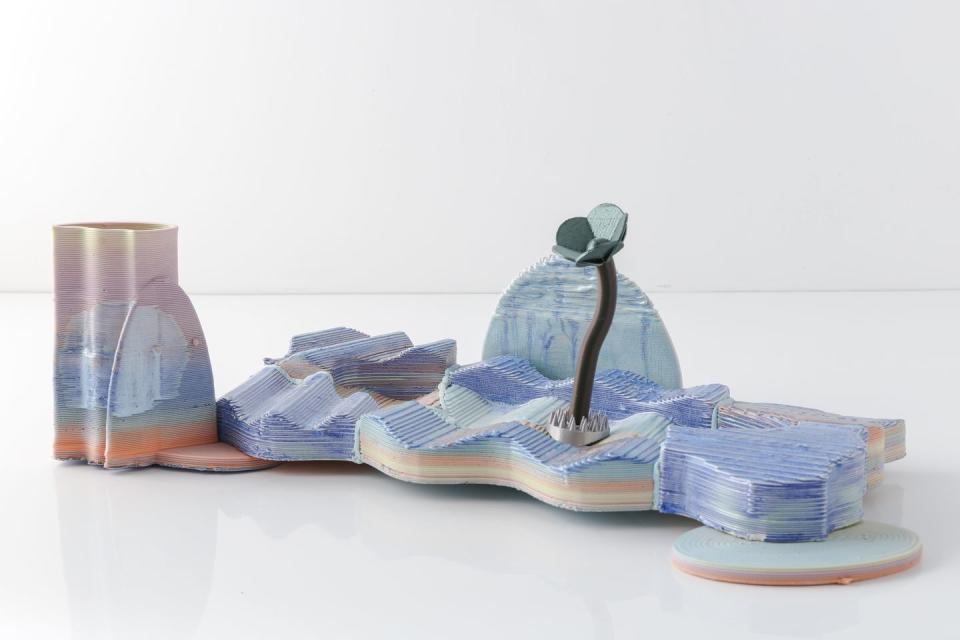
Ngo isn’t alone in her journey from the rolling virtual hills of Minecraft to producing IRL objects in full psychedelic color. In fact, a growing cadre of young designers are citing gaming as an influence in their work—be it in terms of aesthetic, how they bring it to life, or both.
It’s a muse that feels commensurate with gaming’s growing influence in American entertainment. According to MarketWatch, it’s a bigger moneymaker than film and North American sports combined. That sway is increasingly evident in young designers’ work—even if it’s unconscious to them.
Ryan Decker, for instance, debuted his “Feudal Relief” exhibition last summer at Superhouse in New York—a collection of trippy, twisty lamps, mirrors, and chairs set against a dungeonlike backdrop. “I didn’t even realize how video gamey the show looked until it was up,” he says. “People just started saying, ‘Oh yeah, that looks like Runescape.’”
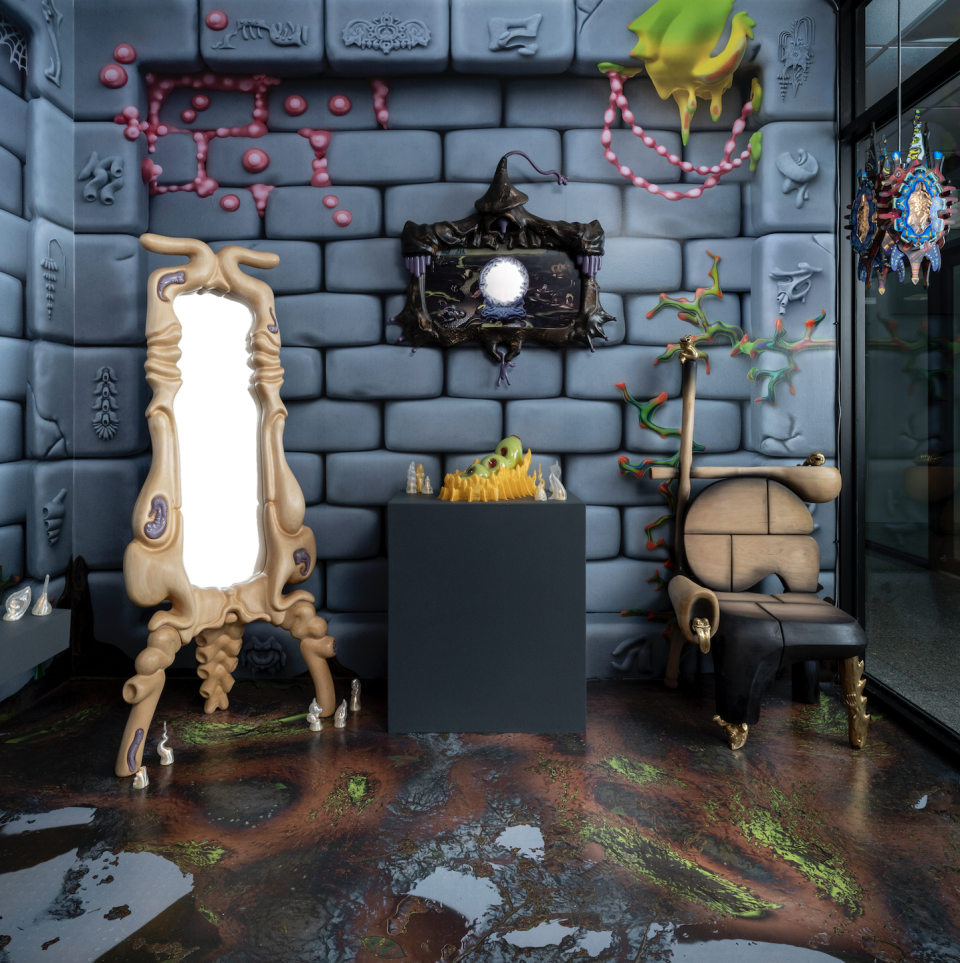
While the industrial designer cites medieval paintings, carvings, and literature as the primary inspiration for the furniture collection, its virtual roots are immediately evident via cartoonish, irreverent shapes and bright, ripped-from-the-screen colorways. That’s not entirely a coincidence—Decker took game-designing classes long before crafting mirrors and chairs and reminisces about the nostalgia he feels for GameCube-era titles like Pikmin and Metroid Prime. “It’s funny because it’s not really a thing that I look at that explicitly anymore,” he adds. “I think they’re just so ingrained in my childhood psyche that I can’t perceive them.”
Even for more seasoned designers, gaming’s visuals resonate. Harry Nuriev, principal designer of Crosby Studios, didn’t necessarily gravitate toward the world of high scores and level-ups from a point of nostalgia but rather in pursuit of something wholly different. “Everyone’s thinking about midcentury modern and repeating the same things that are already created,” he says of the trend that has dominated interiors for much of the past two decades. “You can’t just repeat the same idea over and over. You have to think about where you can find inspiration next.”
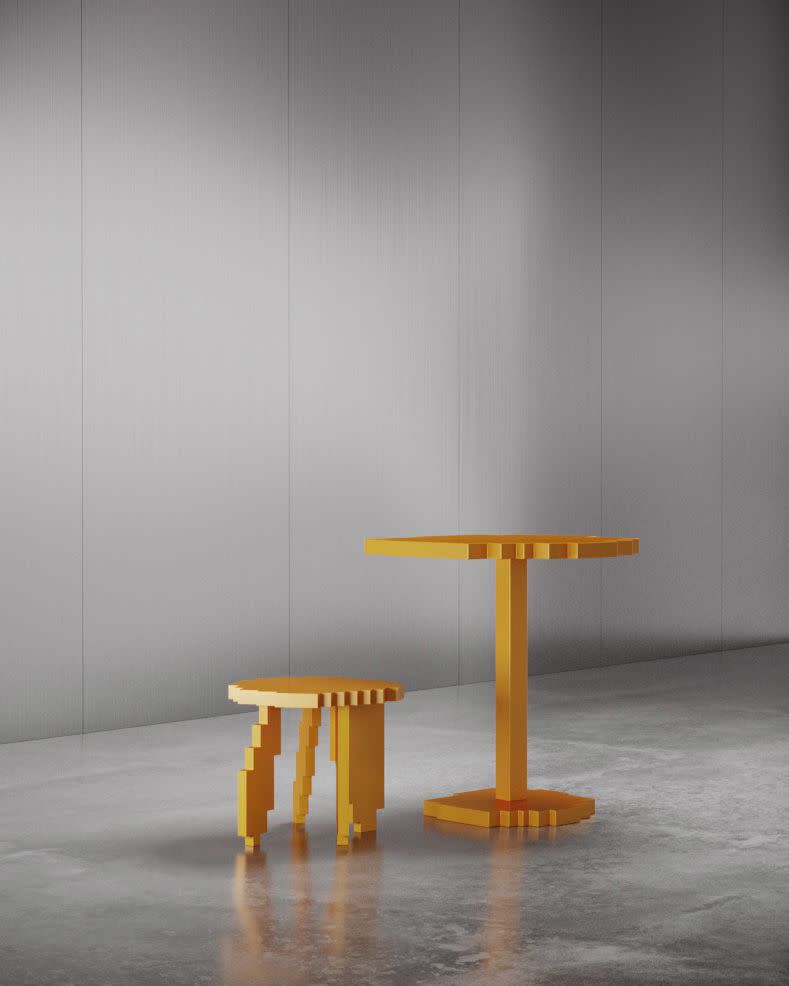
Nuriev’s current inspo manifested in the Web-3 Café, a pop-up eatery that opened in Paris last winter and was littered with stools and tables resembling rigid, pixelated forms. Like Ngo and Decker’s work, it’s the antithesis of all the values that Bauhaus and Scandinavian design movements have previously lionized, prioritizing pop-y colors and unconventional, fantastical forms. Still, in Nuriev’s mind, this work is not only the future—it’s necessary. “I think people are really thirsty for something like this,” he says. “Everyone’s used to things that mimic something that someone else has stated.”
So, is a more gaming-fueled design outlook in our future? There’s certainly a market for it, especially as younger generations who increasingly found refuge in virtual spaces during the Covid-19 pandemic come into more buying power. Recognition from institutions like the Museum of Modern Art, which opened a show dedicated solely to video games last September, has certainly helped move the needle with more traditional audiences. It’s an effort that hasn’t always been met with open arms—in 2012, when MoMA added Tetris and others to its collection, outlets like the Guardian questioned their place in an art museum. This most recent exhibition feels the culmination of MoMA’s efforts to exhibit these games despite dissenters.
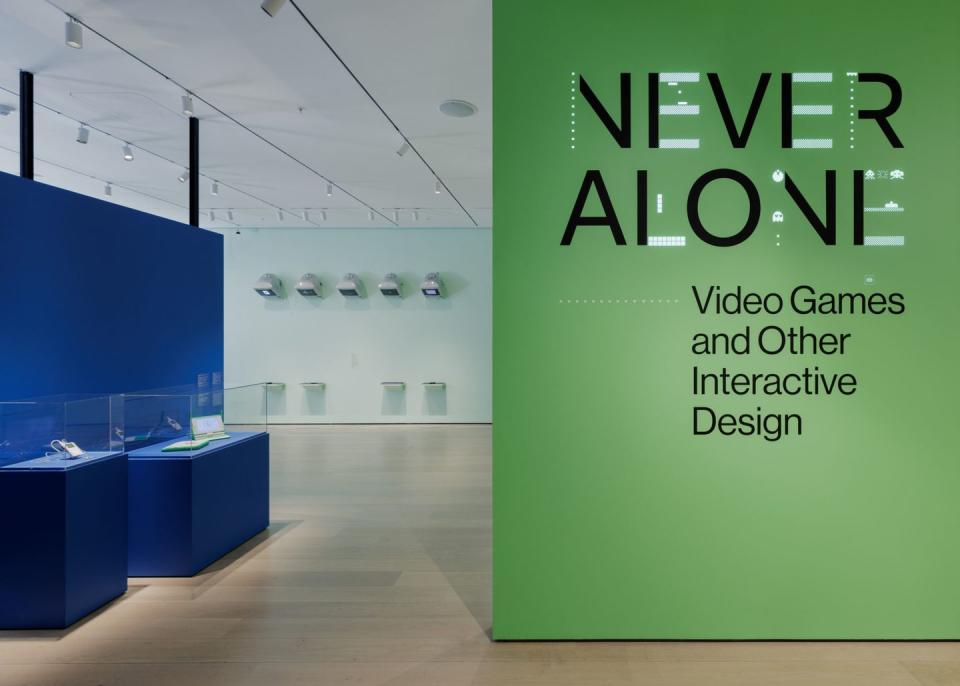
So why, then, do games deserve a place in both MoMA and our living rooms? According to Paola Antonelli, a senior curator in the museum’s architecture and design department, it comes down to documenting their importance and influence. “An Eileen Gray screen is resonant because it created a whole part of the history of design—just like Pac-Man has," she says. Hence, why both works count themselves among MoMA’s collection.
In other words, the future of furniture may very well depend on what games resonate now. “Will kids today get nostalgia for Fortnite graphics?” posits Decker. “I don’t know. It’s a hard idea to entertain, but probably.”
“That’s the natural cycle where these aesthetics are trendy, then seem disgusting, then come back around,” he adds. “And then people start using them again.”
You Might Also Like

